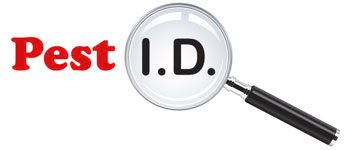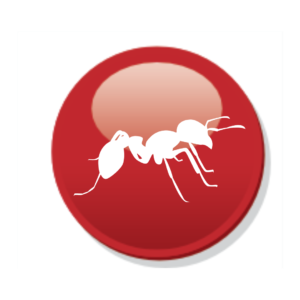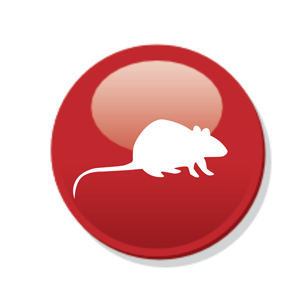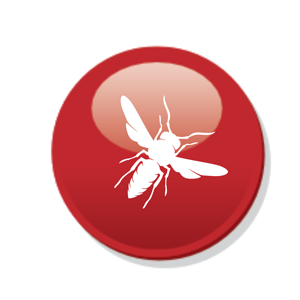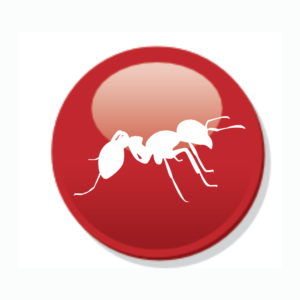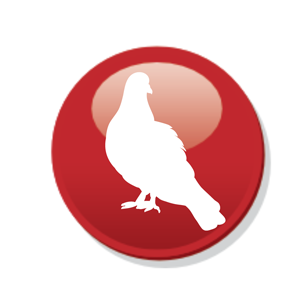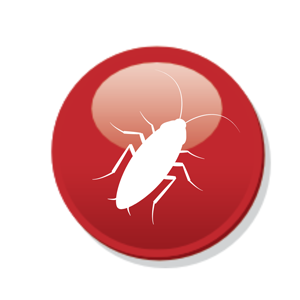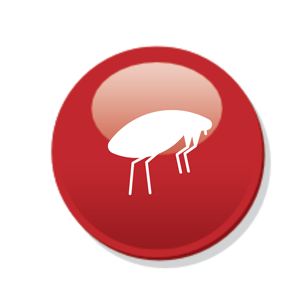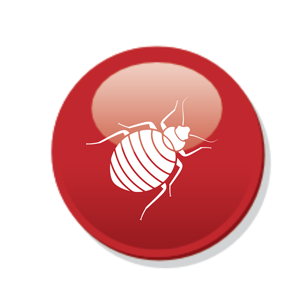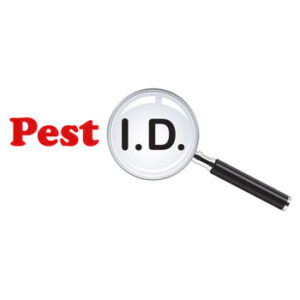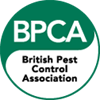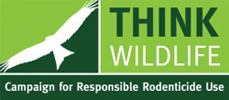Pest Identification Guide
Does Your Property Have a Pest Infestation? If So, What Type of Pest?
Welcome to our pest diagnosis page. This page is designed to help you identify the type of pest infestation you might be dealing with in your home.
By recognising the symptoms and tell-tale signs outlined below, you can better understand which pests are present and take appropriate action to address the problem. Remember, regular inspections and early detection are crucial to preventing extensive damage and costly repairs. Read on to find out more.
Property Damage
Property damage is a common indicator of pest infestations. Look for gnaw marks on furniture, walls, and electrical wiring, which can be signs of rodents. Electrical fires can be caused if wiring is affected. Some insects can cause significant structural damage, evident through hollow-sounding wood or small piles of sawdust.
Check for bubbling or cracked paint, as these could indicate moisture build-up from pests. Such damage not only decreases the aesthetic value of your home but can also lead to severe structural issues if left unaddressed.
If you’ve spotted property damage as described above, your property may have one or more of the following:
Structural Damage
Pests can cause structural damage to your home or commercial property, often affecting its integrity. Carpenter ants burrow into wood, weakening it over time.
Rodents and squirrels can gnaw on structural elements, including beams and insulation, which can lead to significant repair costs if not addressed promptly.
Regular inspections and professional pest control services are essential to prevent these pests from causing long-term damage to your home’s structure.
If you’ve noticed structural damage to your property, one or more of the following pests could be responsible:
Roof or Solar Panel Damage
Pests can cause significant damage to roofs and solar panels in the form of corrosion, weakened roof integrity and water leaks, often going unnoticed until the damage is extensive.
Rodents, such as squirrels and rats, can chew through roofing materials and electrical wires, leading to potential fire hazards and reduced efficiency of solar panels.
Birds, particularly pigeons, can nest under solar panels, causing droppings that corrode surfaces and block sunlight.
Insects like termites can weaken the wooden structures of roofs, while ants and wasps can establish nests that interfere with electrical components.
The types of damage that can be caused often lead to hazards, unsightly visuals and large financial cost for inhabitants, so dealing with the issue as soon as possible and implementing preventative measures is always highly recommended.
If you’re noticing any of the issues mentioned, one or more of the following pests might be responsible:
Tell-Tale Signs Within the Household
Unusual droppings, nests, or foul smells are common indicators of pest problems. Rodent droppings are small, pellet-like, and can be found near food sources such as cupboards, under sinks, or even found along their travel paths. They can also leave small holes in walls or floors, often gnawed edges around entry points.
Cockroaches leave behind musty odours and egg cases in dark, damp places. Look for small holes in walls or floors, indicating entry points for pests. Identifying these signs early can help in taking timely action to control and eliminate the infestation, thus safeguarding your health and property from further damage.
If you have any of these signs in your property, the pest type might be:
Bites and Body Itching
Unexplained bites, itching, or rashes on humans and pets often point to a pest infestation. Bed bugs are notorious for causing red, itchy bites in a linear pattern on exposed skin.
Flea bites are typically found around the ankles, often in clusters, and can affect both humans and animals. Mites and lice can also cause intense itching and discomfort, often accompanied by visible movement on skin or hair.
It’s important to investigate and identify the source of these symptoms promptly to implement effective treatment and prevent further bites.
If you have suffered bites as described in any of the statements above, your property may have one or more of the following:
Symptoms in Pets
Pets often exhibit symptoms before humans notice a pest problem. Excessive scratching, fur loss, and unusual behaviour in pets can indicate fleas, ticks, or mites.
Ticks can cause visible swelling and discomfort, and can sometimes be seen attached to skin, while fleas lead to constant itching and red bumps on the skin and can sometimes be spotted through dark dirt left on pet skin, ticks can also transmit diseases, and mites can sometimes mange within fur in severe cases.
Be aware of your pet’s behaviour and examine their fur regularly. Prompt attention to these signs can prevent severe infestations and associated health issues for your pets.
If any of this sounds applicable, your pet may have one of the following:
Unusual Sounds
Hearing unusual sounds, especially at night, can signal a pest infestation. Scratching, gnawing, thumping, or scurrying noises within walls or ceilings are often due to rodents or larger pests like squirrels.
Being attentive to these noises and investigating their source can help detect infestations early, allowing for timely intervention and pest control measures.
If any of these sounds are familiar, your property may have one or more of the following pest problems:
Damage to Food
If you notice chewed food packaging or droppings in your larder or food cupboard(s), pests might be the culprit. Rodents and pests like beetles and moths can contaminate food supplies, making them unsafe to consume.
Look for holes in food packaging and spilled grains or flour. Keeping food in sealed containers and maintaining cleanliness can help prevent infestations and protect your food supply from contamination.
If you’ve noticed any signs of food contamination or packaging damage, you might have an infestation from one or more of the following pests:
Unpleasant Odours
Unpleasant odours in your home can be a sign of pest infestations. Dead rodents can cause a foul, decomposing smell, while cockroaches emit a distinctive, musty odour.
Other pests, like ants and bed bugs, can also leave behind unique smells that indicate their presence. Addressing these odours promptly can help identify and eliminate pest infestations, improving the overall air quality and comfort in your home.
If you’ve noticed so-far unexplained and unpleasant scents in your property, they could be the result of deceased:
Lawn and Garden Damage
Pests don’t just affect the interior of your home; they can also wreak havoc on your garden and lawn. Signs of pest damage include dead patches of grass, chewed leaves, and holes in the soil. Slugs, snails, and caterpillars can cause damage to plants and vegetables, but these insects are often easily repelled with shop-bought remedies.
However, the problem is much bigger if Moles are in your midst.
Moles can cause garden damage through tunnelling, disrupting plant roots, creating mounds, and weakening soil structure. They are hard to prevent without professional help due to their underground activity, elusive nature, and the difficulty of effectively targeting their extensive burrow systems.
If your garden is being impacted by unsightly signs of damage, it may be due:
Allergies and Respiratory Issues
Pests can also impact human health by triggering allergies and respiratory issues. Cockroach droppings and rodent dander can contribute to poor indoor air quality, exacerbating asthma and causing allergic reactions.
Maintaining cleanliness, using air purifiers, and addressing pest problems promptly can help improve indoor air quality and reduce health risks associated with pest infestations.
If you’re having an unexpected allergic reaction, such as eczema, or a respiratory issue, including asthmatic symptoms, it is possible that it could be due to one of the following pests:
Visible Pest Sightings
Finally, seeing pests directly is one of the obvious signs of a possible infestation. Spotting a single mouse, rat, or cockroach often means there are many more hiding nearby.
Insects like ants may be seen trailing along walls or floors, while spiders and their webs can appear in corners or less-used areas of the house.
Taking immediate action upon spotting pests can help prevent the infestation from growing and spreading throughout your home.
Here are some of the pests you may spot in singular figures, but could be a sign of a wider-spreading infestation in your property:
